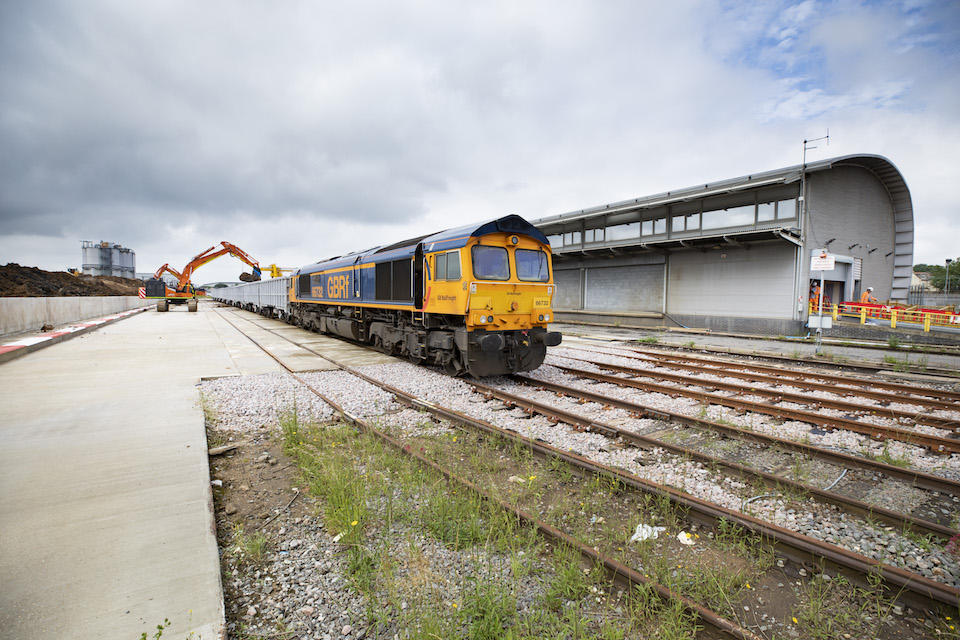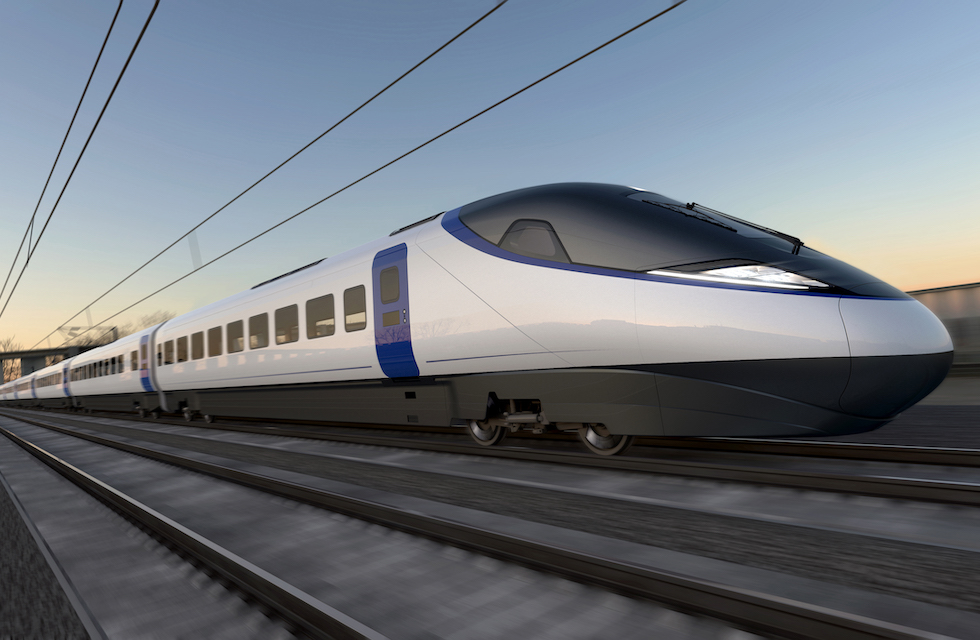High Speed Two or Low Speed One for freight?

The upcoming review of Britain’s high-speed railway project could provide unexpected benefits for rail freight. The massive project to build a new line between London and Birmingham is to come under scrutiny again, as costs soar. Ironically, that could open up opportunities for rail freight. If the purpose of the line is reassessed, and the pattern of traffic on the network is recast, freight could have unexpected opportunities to take up the slack in the schedules.
According to press stories at the weekend, the UK government has ordered a widespread review of the entire HS2 high speed rail project. The primary reason is understood to be concerns over runaway costs, due to rampant inflation in the construction industry. Despite being significantly reduced in the size of the network, the rump of the HS2 project is anticipated to cost in excess of twice the original budget of fifty billion pounds (56 billion euro).
Feverish level of debate
The news was broken on Saturday by the British newspaper The Times, and brought about a feverish level of debate. It followed on from last week’s revelation that the line may terminate in Old Oak Common, fives miles short of the planned terminus at Euston. That first story was hastily, if not too convincingly, denied by the UK government. However, it may be more difficult for Westminster to play down its intentions to review the project again.

The rail freight lobby will be watching on with great interest. Any changes to the scope of HS2 could have significant repercussions for freight capacity on the UK network. The West Coast Main Line, which will benefit the most from the capacity released by HS2, is not only the busiest mixed traffic route in Europe, but also Britain’s most vital freight artery.
HS2 will need other traffic
Anything affecting HS2, affects rail freight. It is possible that HS2 will find its business case shaken by reduced demand for long-distance passenger capacity. The pandemic has encouraged HS2’s target executives to work from home. If the reason for non-stop expresses every five minutes has evaporated, HS2 will need to fill up with other traffic.

There’s no expectation that some super-powered express aggregates trains will be part of a recast HS2 traffic diagram. However some imaginative integration of regional passenger traffic would release even more capacity on the WCML, particularly in the busiest southern section.
Careful what one wishes for
With the emphasis of the HS2 line now firmly on increasing capacity, a cost-cutting review may recommend derating the line to perhaps 140 miles per hour (225 kph) and procuring an off-the-shelf fleet of trains, compatible with existing rolling stock. Hitachi may be reading with interest.
Critics of the HS2 project have welcomed this further review. However, care should be taken in what one wishes for. Far from a cancellation, politicians will be hoping for a third, and probably final endorsement of the project. That may put objections finally to bed, and give freight an improved stake in HS2, even if the prospect of running on it is no more likely.
You just read one of our premium articles free of charge
Want full access? Take advantage of our exclusive offer






Rail freight, however, as well, urgently has to upgrade, for added capacity and added utilisation – of existing assets.
Track, infrastructure, current bottleneck, decisively has to be released from any disturbing!
Frequent, “maintenance” (repairing) tells about a standard no longer sustainable, an in no respect optimal! (“Optimal maintenance” current mantra is suboptimal!)
Redundancy has to be provided for at electrification, etc., etc.
Weak link at intermodal chains now has to be attended!
Waste of money. The vast amount being spent would electrify and modernise a massive chunk of our existing network and / or reopen miles of Beechings pointless 1960s closures. Everything is for the North and South East. What about a few quid for the forgotten South West. Only one line runs into the whole of Devon and Cornwall and we know what happened to that, at Dawlish, a few years ago….
A northern chord just south of Leicester station for freight as well as passenger traffic would solve a lot of problems. Further, the HS2 join to the WCML should be further north, nearer Euxton, & bypass Wigan completely if it is to be really high speed to/from Scotland.